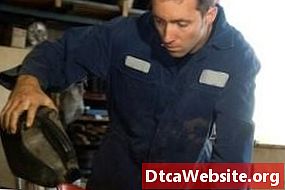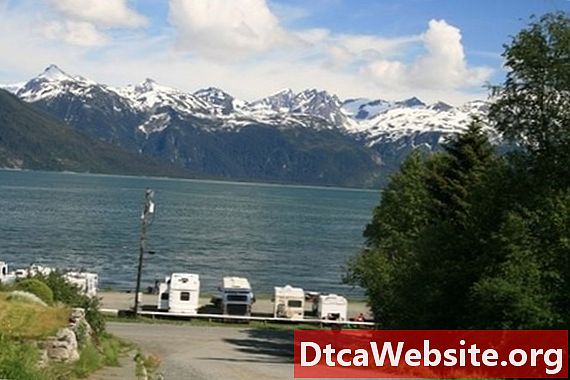
Contenu

Volkswagen engines, for 40 years, were air-cooled, horizontally opposed four-cylinder power-plants. From 1938 to 1980, the VW Beetle carried this style of motor; while it may look similar to the novice, several key features show an evolution in size and horsepower. Other models shared the same engine with the Beetle for the relative year, such as the Type 2 (transporter/bus), and Type 3 (wagon). All were rear-engine, rear-wheel-drive vehicles.
Step 1
Find out what year the model of Volkswagen is. While this is not always accurate, as these engines are known for being easily replaced, if the motor came with the vehicle then the year of the car will determine the engine size. Only a certain size was produced in a certain year. In 1978, for instance, a 2000 cc engine was manufactured for both the Beetle and the Transporter. For most VWs, the year can be found on the door jamb sticker, if applicable.
Step 2
Research the engine code, stamped on the rear top section of the motor. Most times this code will identify the size of the engine and when it was manufactured. Often, the first few letters or numbers will give the year of manufacture.
Step 3
Inspect the engine visually. Throughout the Beetles lifespan, the engine was continuously made larger and more powerful. Into the 1960s, it came with an anemic 1200 cc engine, which is clearly smaller and had no fan or heater boxes surrounding it. In 1966, only the 1300 cc engine was available, which resembled the 1200. In 1967 several additions were made, including a much larger 1500 cc motor, which visually took up much more room in the engine compartment than the older models. It also had a larger generator and larger belt pulleys. With the introduction of the 1976 model, the 2000 cc engine became the standard. It is the most recognizable engine, having a large, flat appearance and grill inserts in front of the primary belt pulley.
Volkswagen engines after 1982 are vastly different than their air-cooled predecessors. While the U.S. market saw the end of the Beetle in 1980, the Transporter, now called Vanagon, continued to use the 2000 cc air-cooled motor until 1983. After this year, VW made the final transition to water-cooled motors, and the sizes of motors for most of the production line became model-dependent.
Tip
- The engine code is the most reliable method of identifying engine size.
Warning
- Do not work on a vehicle without safety protection.


